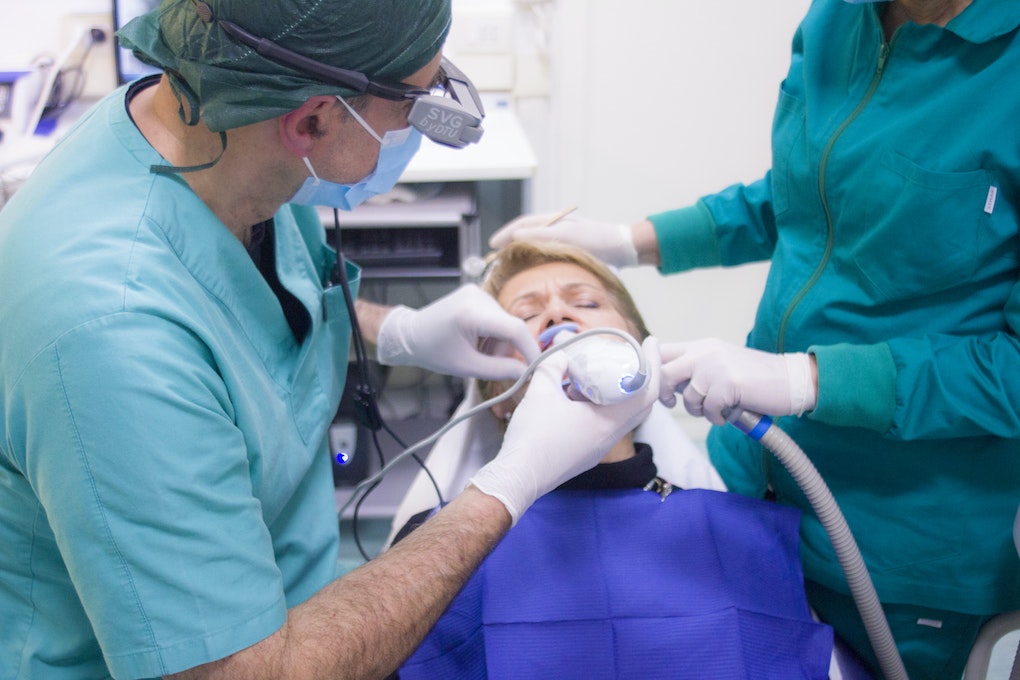
April 18, 2022
A State-by-State Look at Professionally Active Dentists by Specialty Field

The American Dental Association recently shared data with the Kaiser Family Foundation that broke down professionally active dentists by specialty field. Of its findings:
- California has the most endodontists of any U.S. state, while Wyoming has the fewest.
- Similarly, California has more than 1,000 orthodontists, the most of any state, while Wyoming has the fewest at 11.
- Vermont has the fewest pedodontists in the nation, while Texas has the most.
- California has the most periodontists in the nation, while Vermont has the fewest.
How can you interpret this data, and what does it mean for your dental practice? We offer some key takeaways when assessing this state-by-state breakdown.
Look at the big picture
The dental hiring crisis extends far beyond finding qualified candidates to work in your practice. Sure, you can assess salaries, but in some states, specialists simply aren’t available to open practices in the first place. Employees have used the pandemic as an opportunity to assess their current work situation, and so should employers, in turn, starting at the onboarding process and following through with a plan for growth.
Fill the gap
Studies show Boomers and Gen Xers, in particular, are having higher rates of success finding positions due to familiarity in their roles and specialties. Many from these demographics are opting for part-time work leading up to retirement or as a way to ease back into the workforce, an approach that is appealing to private practices. Alternatively, Millennials and Gen Z are eager for full-time positions at dental service organizations (DSOs) and are willing to relocate for a desired position.
Start a multi-specialist dental practice
One of the most efficient and profitable ways to grow your general practice, especially after a dental practice transition, is to bring on a specialist or multiple specialists. Do you tend to refer out a significant number of implant placements or simple extractions? Bring more services in house to limit how much you are outsourcing to others. But before you call every endodontist, orthodontist, pedodontist and periodontist in the phone book, you’ll want to consider patient care and needs, office space, compatibility, collaboration approach and creativity.
Consider demographics
In addition to the obvious percentage breakdown of patient demographics by gender and age brackets, a list of nearby specialists will help determine if your practice will thrive in the current climate. For example, if your practice is geared toward children (i.e., pediatric dentistry or ortho), you’ll want to be in a younger community. If you do a lot with implants and prosthodontics, you’ll want to be in an older community. If you are planning on offering Medicaid and lots of insurance options, you can be in a low- to middle-income area. Conversely, if you want to operate under fee-for-service and offer cosmetic services, being in an affluent area would be advantageous.
What’s next?
Contact the experts at Professional Transition Strategies to see how your dental practice stacks up to the rest.